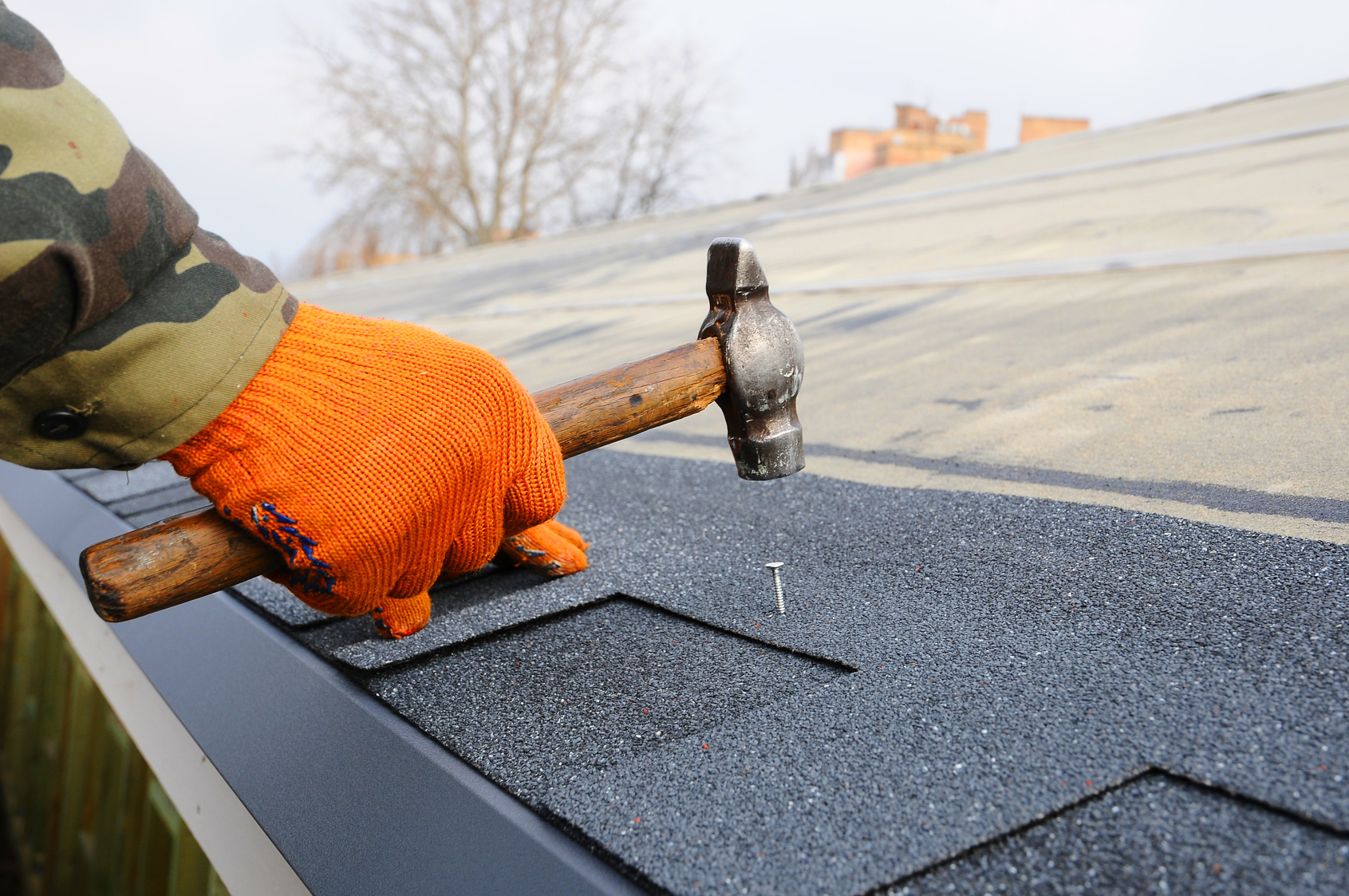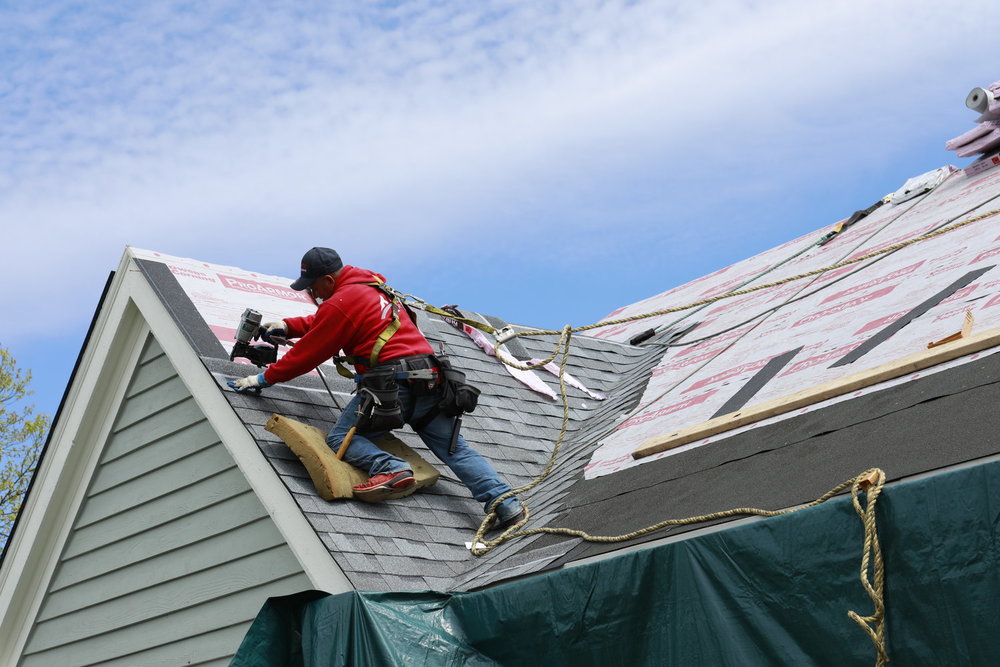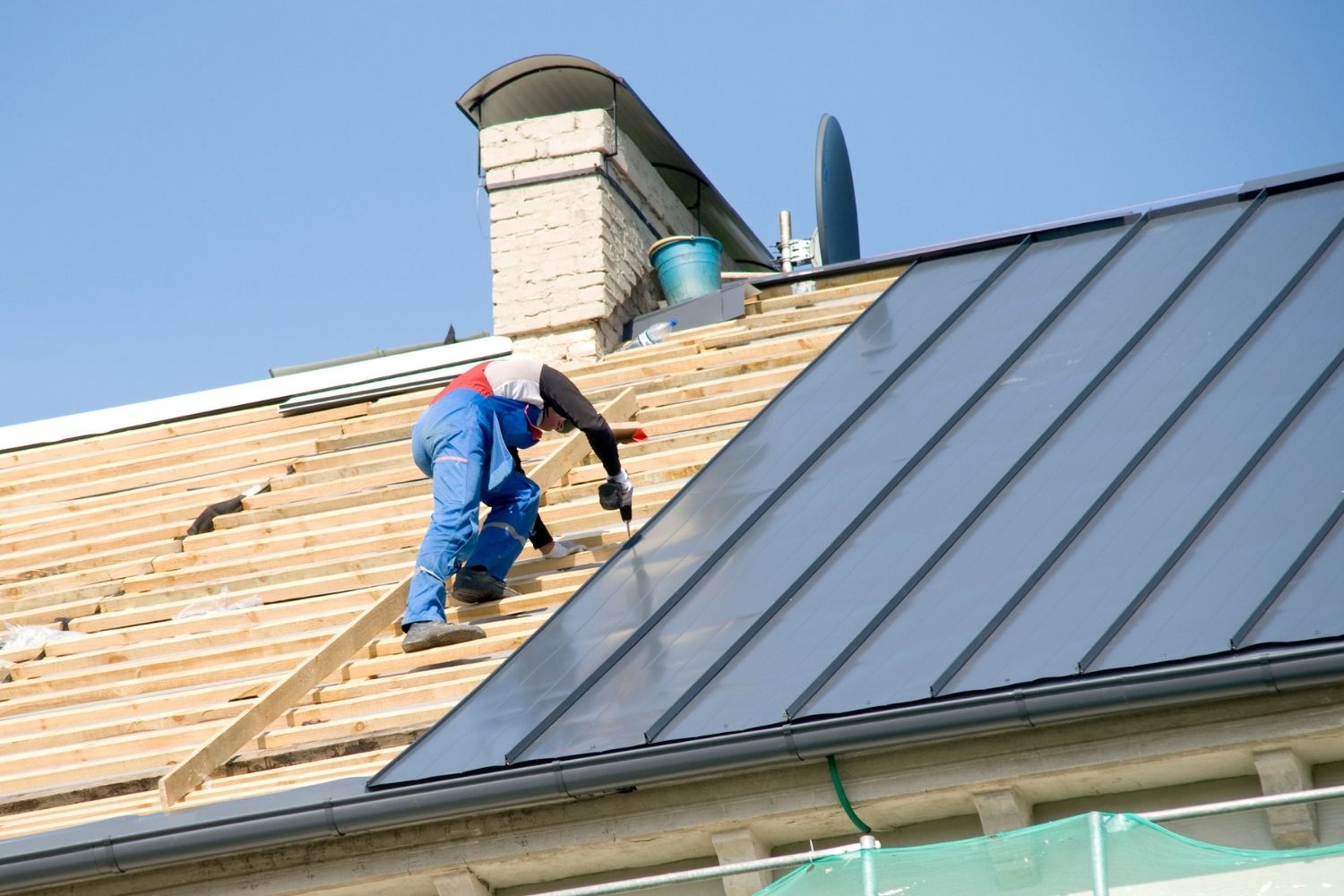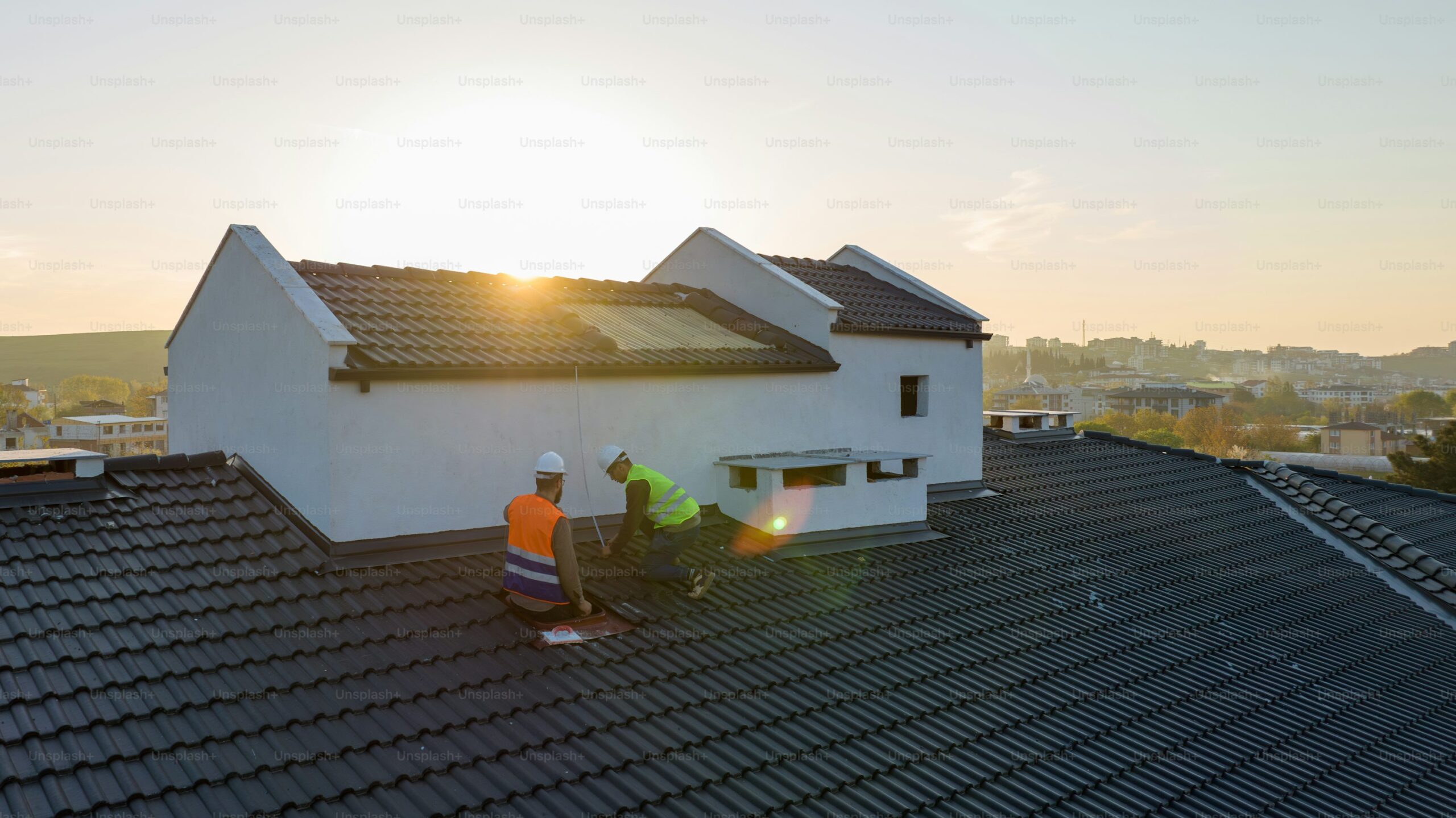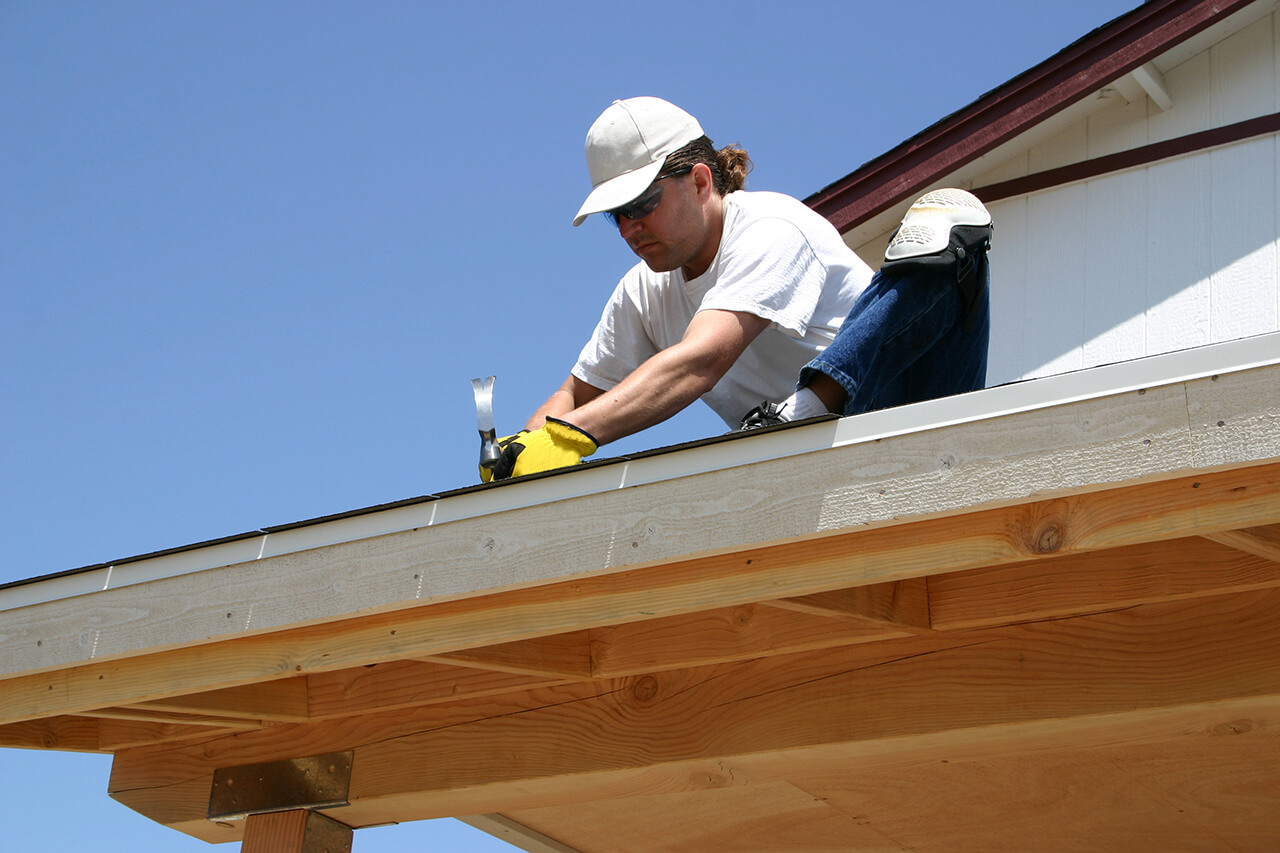How to Spot Signs You Need Roof Repair Before It’s Too Late
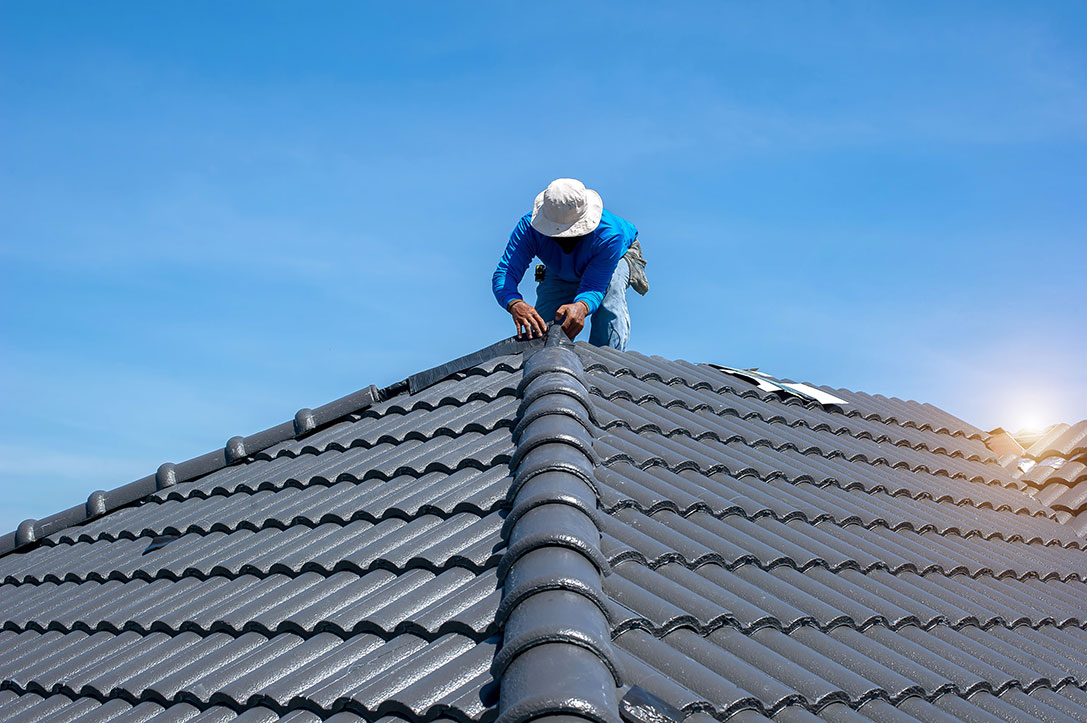
A sturdy, well-maintained roof is crucial in protecting your home from the elements and ensuring the safety of its occupants. Over time, even the most durable roofs can suffer from wear and tear. While roof repairs might not always be something we want to think about, recognizing the early signs of damage can save you from costly repairs or even a full roof replacement down the road. This blog post will explore how to spot signs you need roof repair before it’s too late.
Understanding the Importance of Regular Roof Maintenance
Regular maintenance and periodic inspections are vital for the long-term health of your roof. The sooner you catch issues, the less likely they will develop into serious problems. By being proactive, you can ensure that minor issues do not escalate into major headaches. Here are several signs to watch out for that might indicate your roof needs repair.
Visible Roof Damage
One of the most obvious signs of roof damage is visible deterioration. When looking at your roof, check for missing, cracked, or curled shingles. These are often the result of age, weather conditions, or poor installation. Shingles can become brittle over time, making them more susceptible to damage from wind and rain. If you notice any visible signs of damage, it’s essential to have a professional evaluate the roof and make necessary repairs.
Additionally, if your roof has a significant number of missing or damaged shingles, it might be time for a repair. Left unchecked, these gaps can lead to leaks and water damage to your home’s interior.
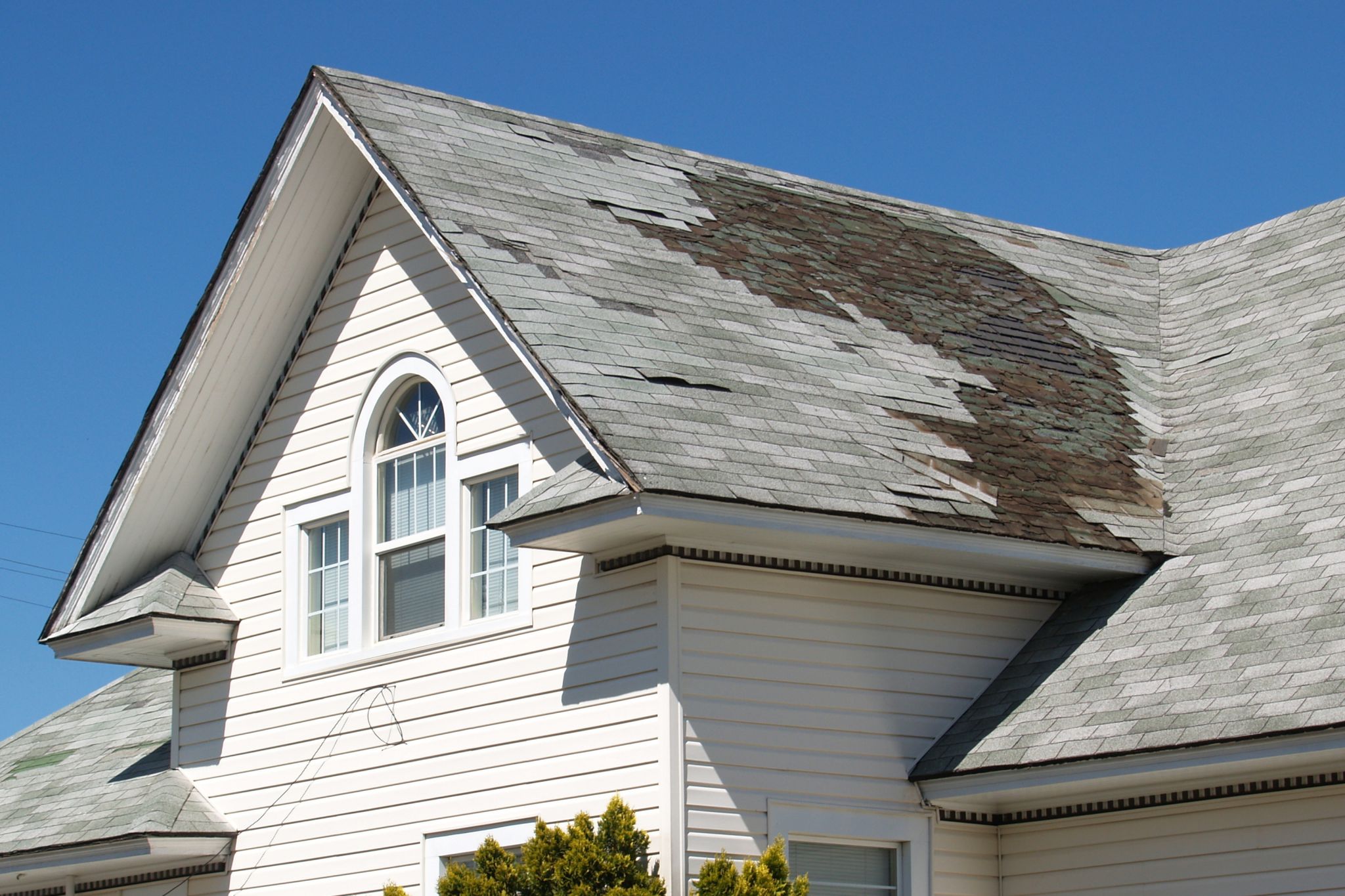
Water Stains or Leaks Inside the Home
Water stains on your ceiling or walls are one of the most common signs of a leaking roof. If you notice discoloration, water marks, or peeling paint on your walls or ceiling, it’s a clear indication that water is getting through your roof. Even if the leak appears small, it’s important to address it immediately because water can spread over time, causing mold, mildew, and structural damage.
In some cases, you might notice a drip in a specific location when it rains. This is an urgent red flag that the roof’s protective barrier is compromised and needs attention.
Sagging Roof Deck
A sagging roof is a serious issue that requires immediate attention. If you notice that any part of your roof appears to dip or sag, it’s a strong indication that there is a significant problem with the structural integrity of your roof. This could be the result of trapped moisture, excess weight, or weakened roof supports. If left unchecked, a sagging roof could collapse, leading to extensive damage and costly repairs.
If you observe any sagging, it’s best to call a roofing professional as soon as possible to assess the damage and determine the necessary course of action.
Clogged or Damaged Gutters
Your gutters play a vital role in directing rainwater off your roof and away from your home. If your gutters are clogged with debris, it can prevent water from flowing properly, causing it to pool on the roof and lead to water damage. In addition, if your gutters are bent, broken, or hanging loose, they won’t be able to carry out their intended function effectively.
Regularly cleaning your gutters and ensuring they are in good condition will help protect your roof and prevent water damage. If you notice that your gutters are clogged or damaged, it’s important to address the issue right away to prevent long-term damage.
Excessive Granules in the Gutter or Downspouts
If you notice an unusual amount of granules in your gutters or downspouts, it’s a clear sign that your shingles are deteriorating. Roof shingles are covered with tiny granules that protect them from the sun’s ultraviolet rays. As these granules wear away, your roof becomes more vulnerable to the elements, leading to leaks and other damage.
Granules in the gutter can also signal that your shingles are nearing the end of their lifespan, and it may be time for a roof inspection or repair. A roofing professional can inspect your roof to determine if repairs are necessary.
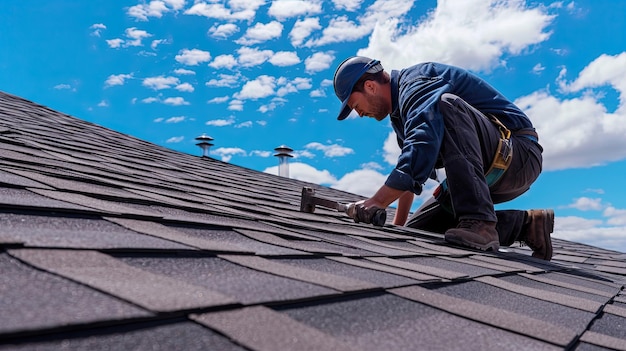
Increased Energy Bills
Your roof plays an important role in maintaining the temperature inside your home. If your roof is not properly insulated or has significant leaks, you might notice that your energy bills are higher than usual. Leaky roofs or missing shingles can allow heat to escape during the winter, and cool air to escape during the summer, forcing your HVAC system to work harder.
If your energy bills seem unusually high, it’s worth inspecting your roof for signs of damage that might be contributing to the issue. Repairing these roof problems can help improve your home’s energy efficiency and reduce your monthly bills.
Excessive Moss or Algae Growth
Moss and algae are more than just unsightly; they can cause long-term damage to your roof if not addressed promptly. Moss can trap moisture on the surface of your shingles, which can lead to rotting and decay. Algae, on the other hand, can weaken the protective coating on your roof, allowing water to seep in.
If you notice moss or algae growing on your roof, it’s important to have it cleaned off as soon as possible. A roofing professional can assess the extent of the damage and suggest treatments to prevent further growth.
